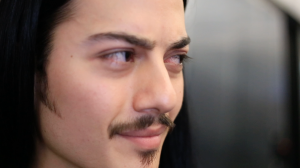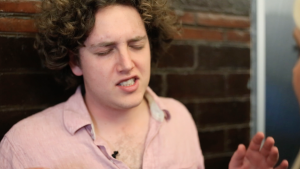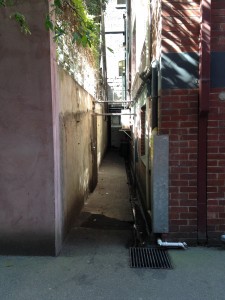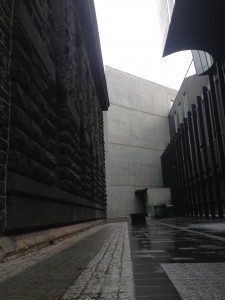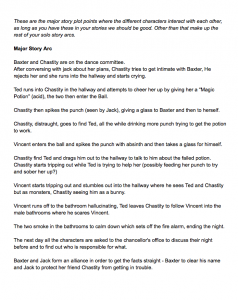The day had finally come, it was time to see everyone else’s work in the various studios and I was impressed! So many cool things to watch and listen to!
Our studio went second in the presentations so it was hard at first to see how we stacked up against the other studios. After seeing all of them I do feel that our studio had a lot of content, perhaps thats only because I’ve seen all of the behind the scenes things going on and have seen all that content before in the week 12 presentation but even still I feel like we had a lot to show for this subject. In terms of reception from the presentation it was really hard to read because each of our clips only got a minute to screen before the next group had theirs screened which created quite a jarring effect on the audience. There were a lot of videos trying to do a lot of different things such as creating different specified moods and playing with a lot of different concepts, things which I don’t think were fully grasped in the 1 minute they had.
In terms of reception to my video specifically I thought it was received well! once again, hard to tell what an audience is thinking in such a short time frame. I was going for informative and epic: the surround sound definitely helped pull off the epic part of that equation and I think the clips that I chose along with the words inserted told enough of a story for people to get the gist. Ours was definitely not the funniest, but it wasn’t trying to be, there were slight chuckles here and there at the appropriate times but other than that it was silent, which I like to think means that everyone was on the edge of their seat in anticipation to see more. At least people weren’t talking to each other in boredom so all in all it was a success.
The rest of the day went really well. The exhibitions all looked really exciting and it was great to have a look at some of the other studios I was interested in and talk to their students one on one. I spent a bit of time hanging around in our exhibition space, talking to other students about our studio and project and everyone seemed to enjoy it. I think they especially liked the fact that we were working with the creative writing students. It was good to see our longer clips getting watched by people who walked in, at least that tells us we’re doing something right to captivate the audience.
I think this exhibition day is a real reflection of the effort that we all went to throughout the semester. We all put in the hard yards to create something that we can all be proud of, and when you see the end result and people enjoying it, theres nothing better. I’m looking forward to putting my new found skills from this studio into practice in my further studies and my other project. I think this was a great learning experience for me and I definitely feel much more confident when writing for film.
